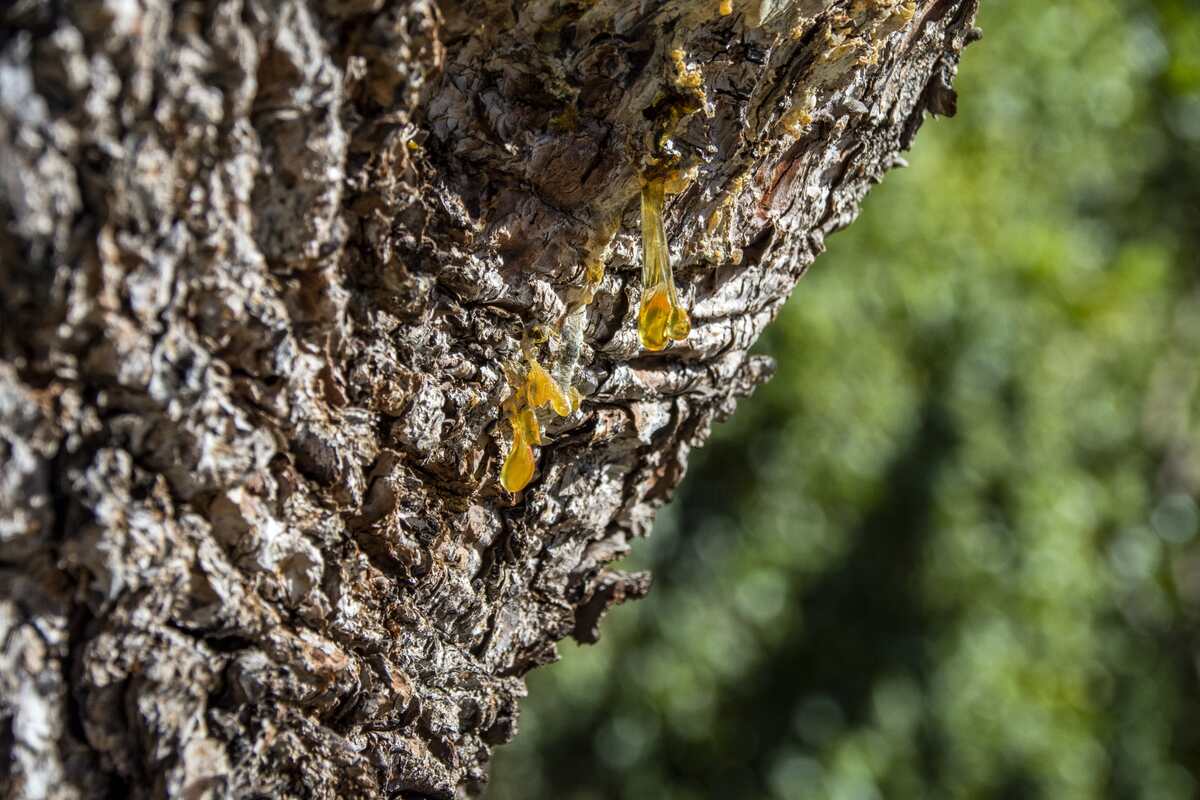When you spot a sticky liquid oozing out of trees, you may wonder what it is and why it’s happening. This phenomenon is commonly referred to as “honeydew,” and it is not actually a sap produced by the tree itself.
Rather, it is a substance secreted by certain insects that feed on the sap of trees.
What Is Honeydew?
Honeydew is a sugary, sticky substance excreted by insects such as aphids, scale insects, and mealybugs. These insects use their piercing mouthparts to tap into the tree’s phloem, which contains nutrient-rich sap.
As they extract the sap for nourishment, they excrete honeydew as a waste product.
How Can Honeydew Affect Trees?
While honeydew may seem harmless, it can have negative effects on trees. The sticky nature of honeydew creates an ideal environment for the growth of sooty mold, a black fungus that can cover the leaves, stems, and branches of affected trees.
Sooty mold not only impairs the tree’s ability to photosynthesize but also detracts from its aesthetic appeal.
How To Prevent It
Preventing honeydew requires controlling the insects that produce it. Implementing integrated pest management practices can be effective in managing populations of honeydew-producing insects.
This may involve using natural predators, such as ladybugs or lacewings, or employing insecticidal soaps or horticultural oils as a last resort.
How To Deal with Honeydew
If your trees are already experiencing honeydew and subsequent sooty mold growth, there are steps you can take to mitigate the issue. Start by removing as much sooty mold as possible by gently washing the affected areas with a mild soap and water solution.
Pruning heavily infested branches can also help manage the problem. Additionally, addressing the underlying insect infestation is crucial to prevent the recurrence of honeydew and sooty mold.
Which Trees Are Susceptible?
Honeydew can affect a variety of trees, but certain species are more susceptible than others. Trees commonly targeted by honeydew-producing insects include oak, maple, birch, pine, citrus, and fruit trees.
These insects have specialized mouthparts that allow them to access the phloem and extract sap, resulting in the secretion of honeydew.
While encountering a sticky liquid oozing out of trees may initially raise concerns, understanding that it is honeydew produced by insects provides insight into the issue. By taking proactive measures to control the insects and manage honeydew-related problems, you can help protect the health and appearance of your trees.

